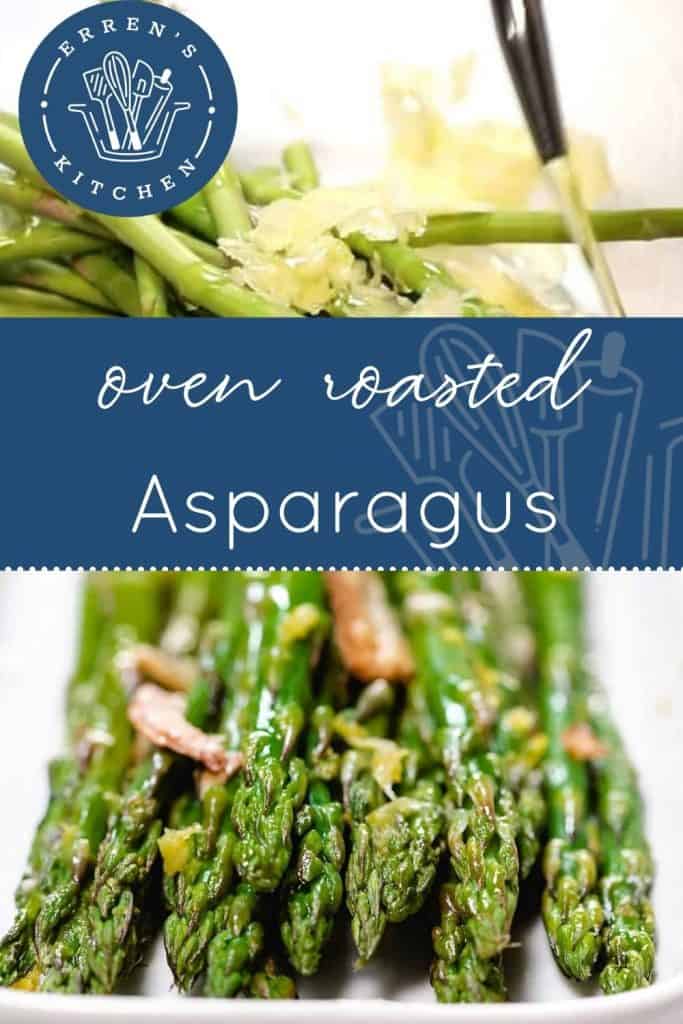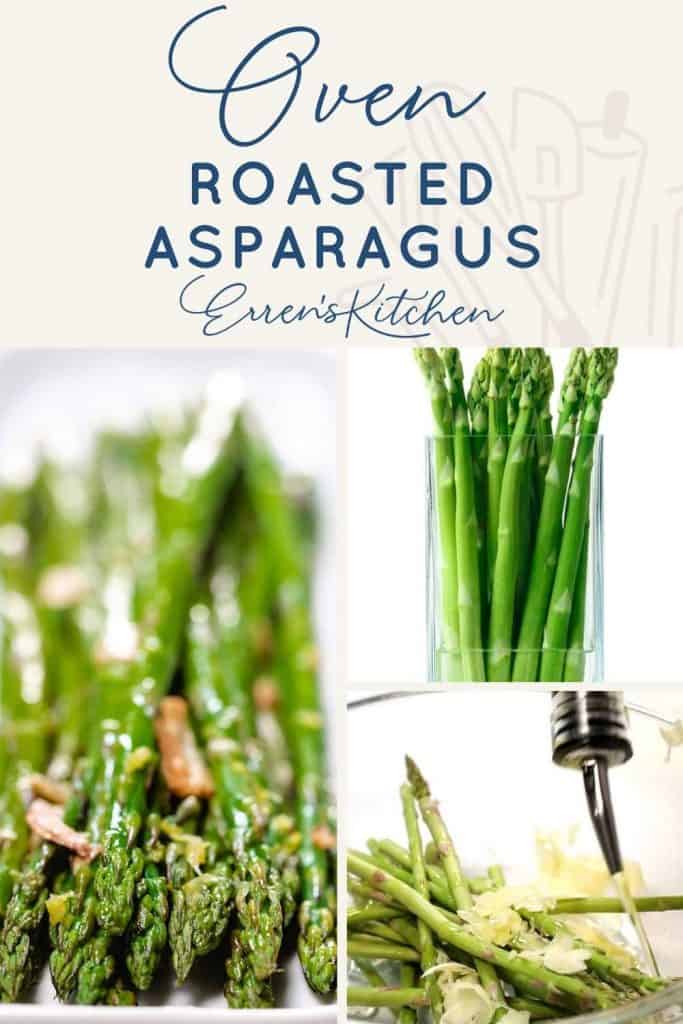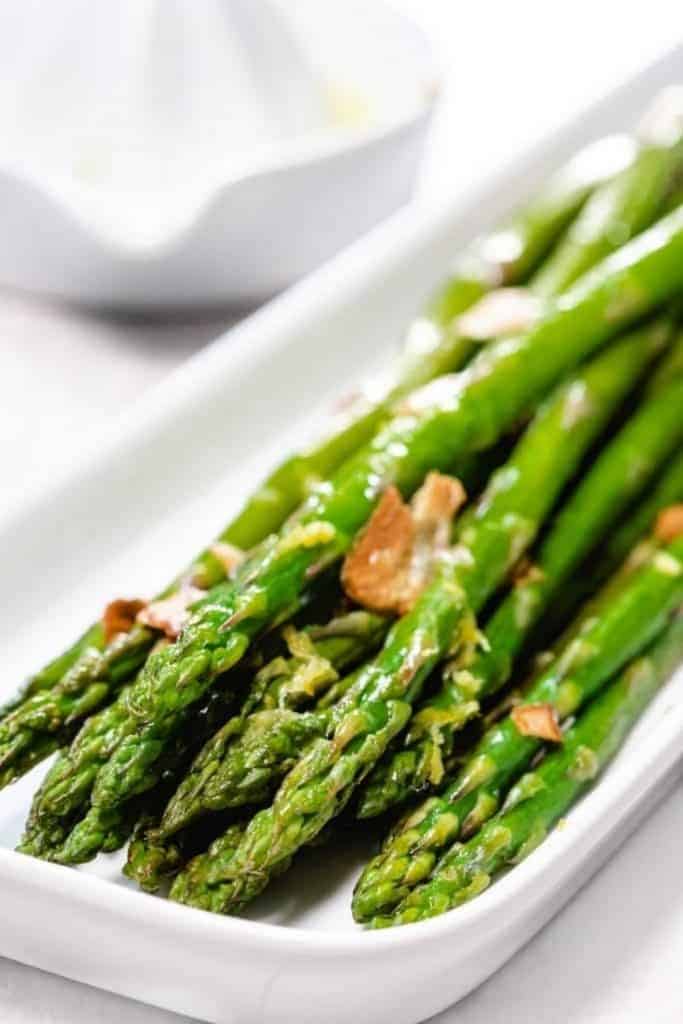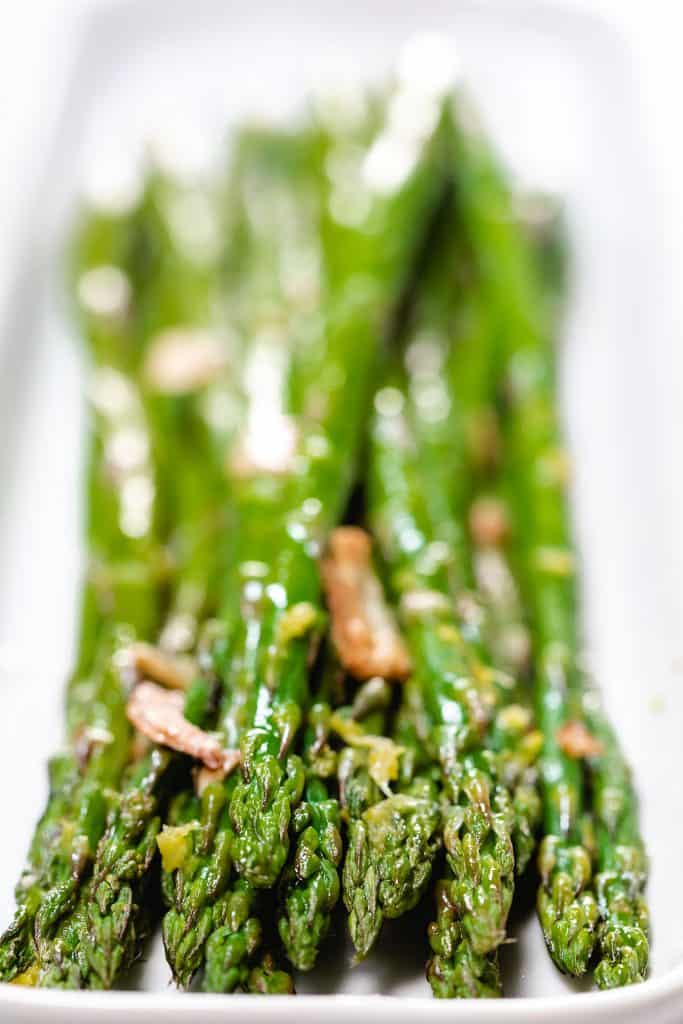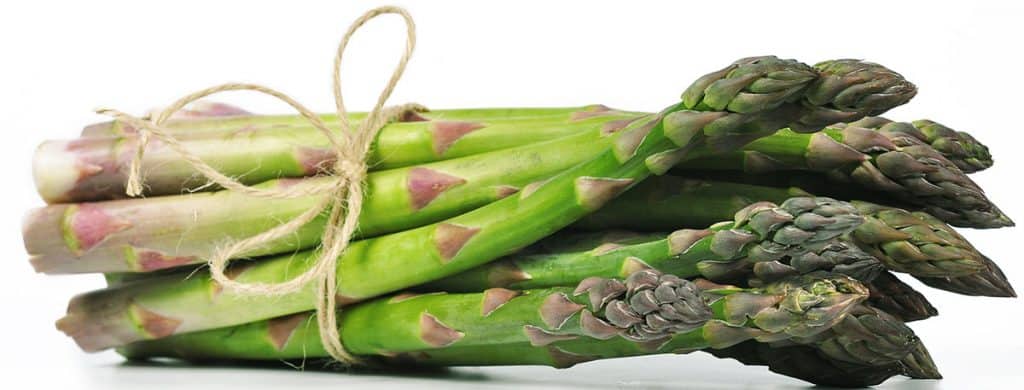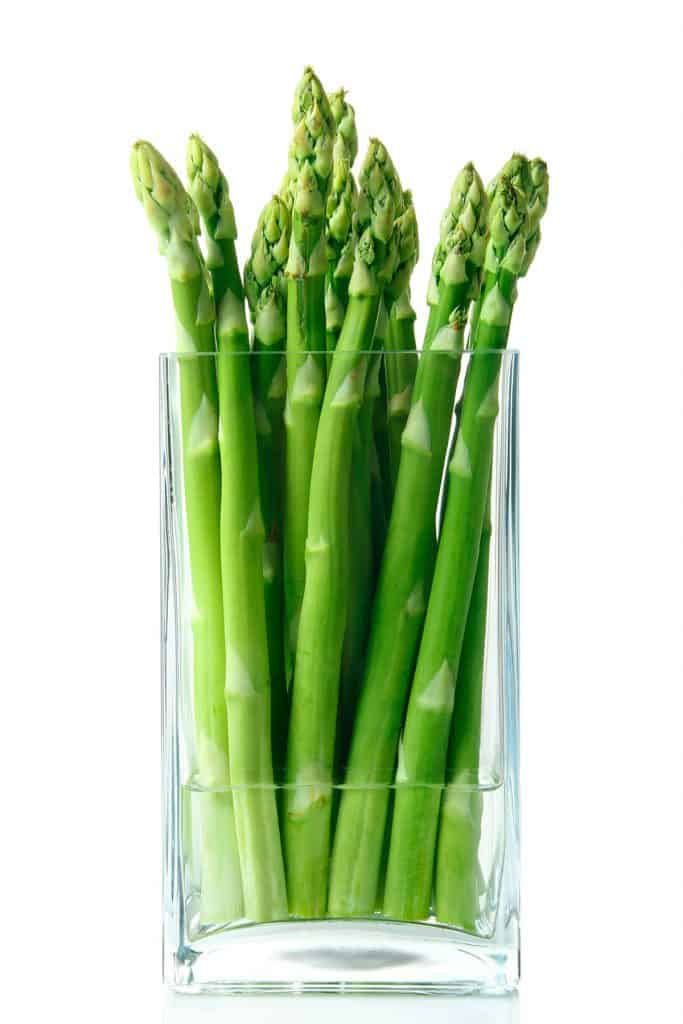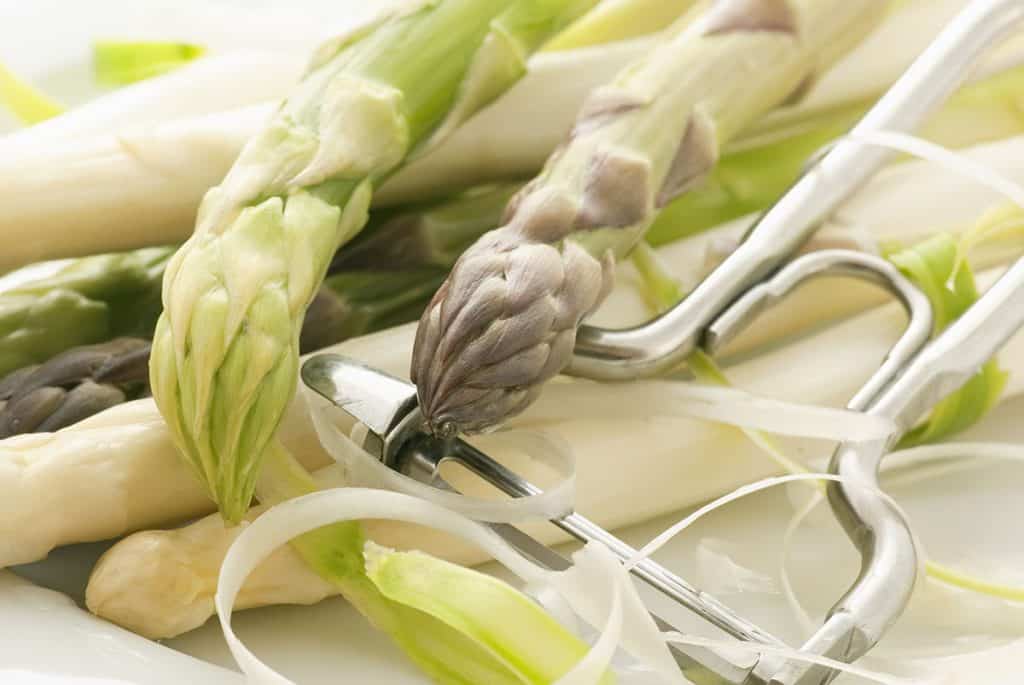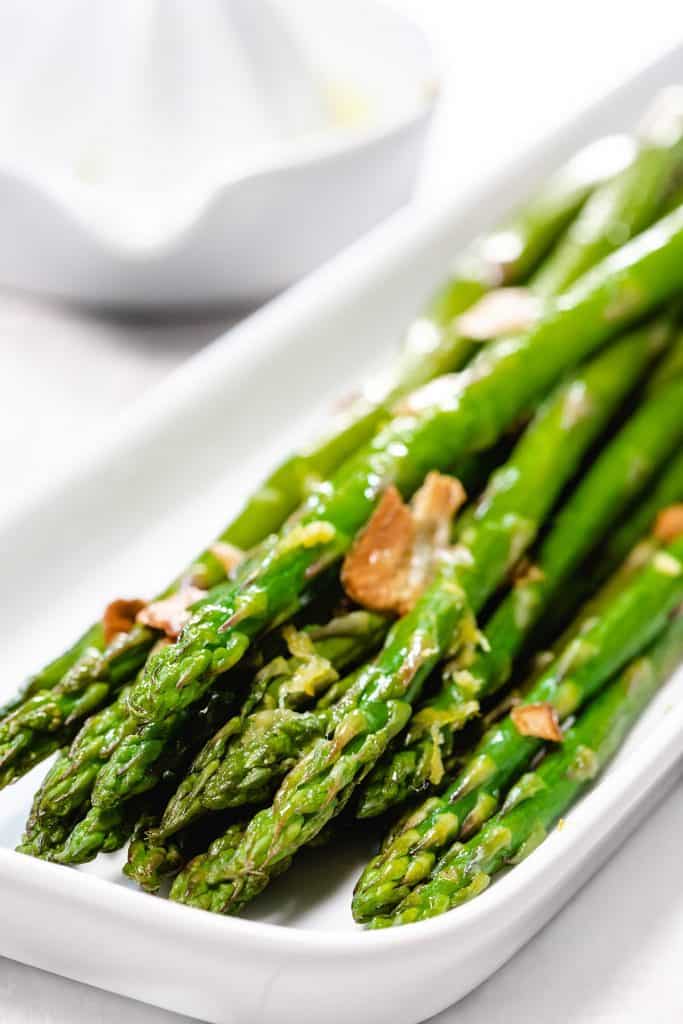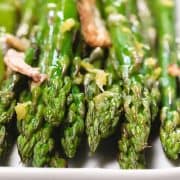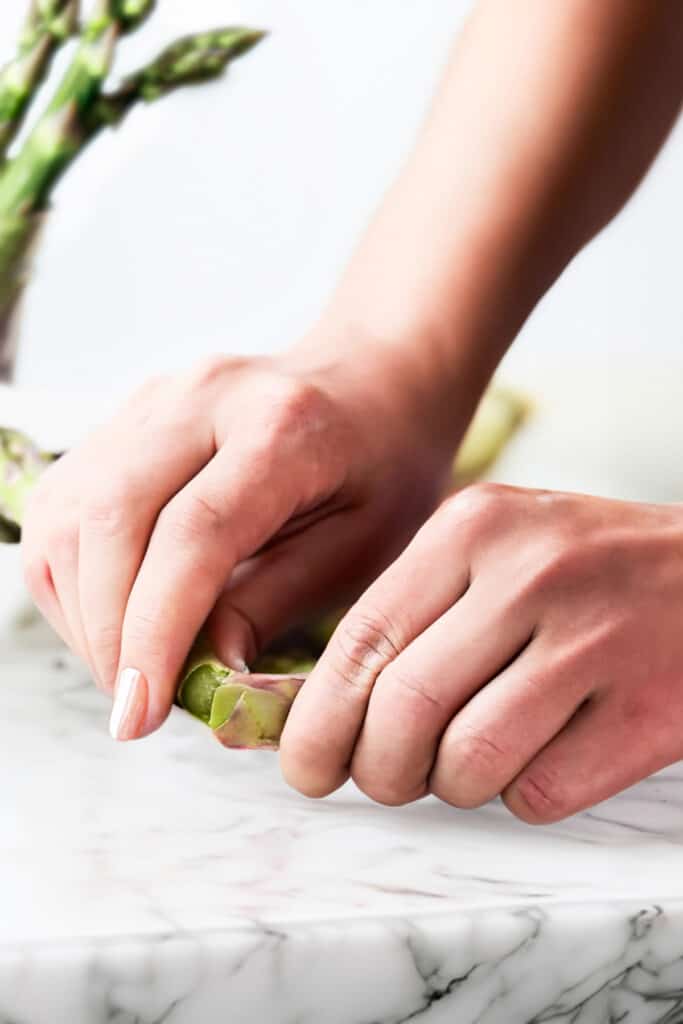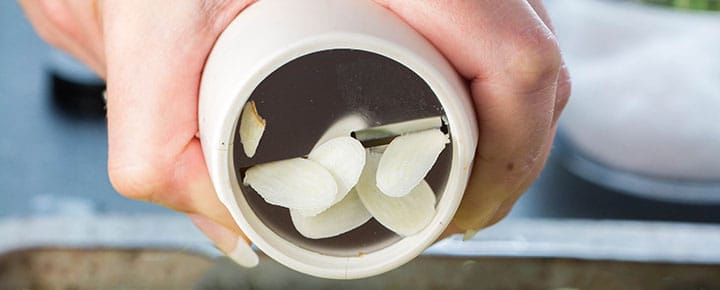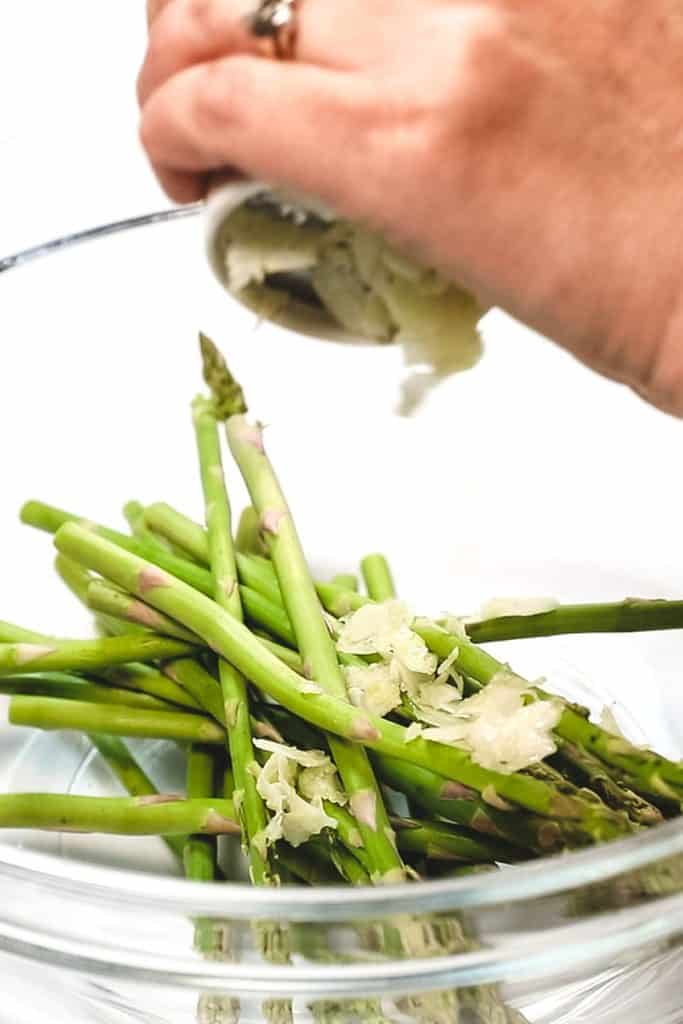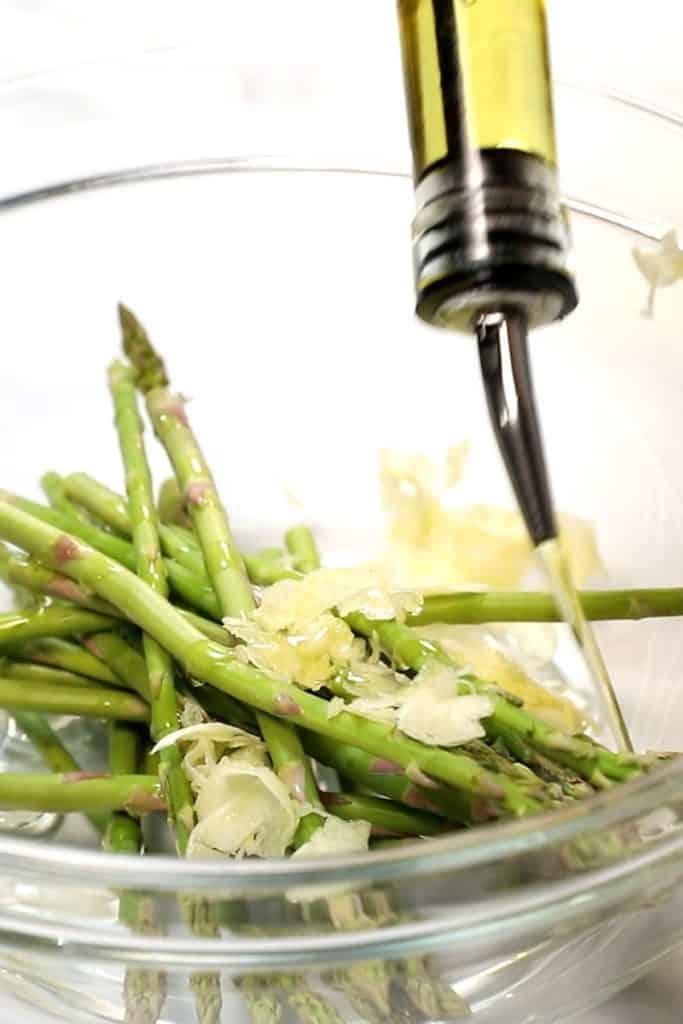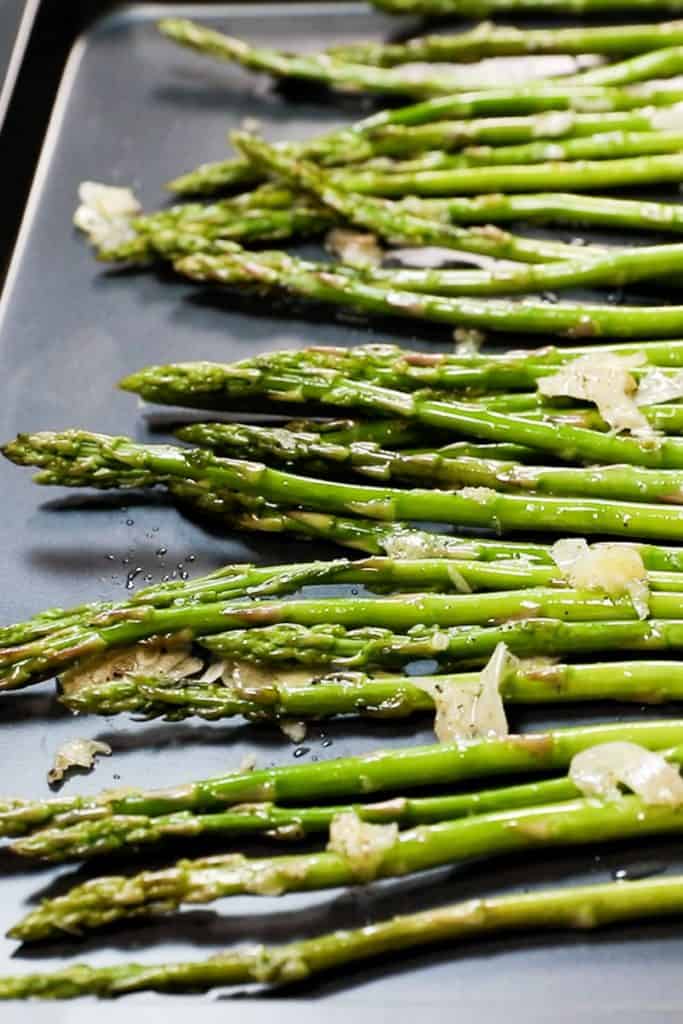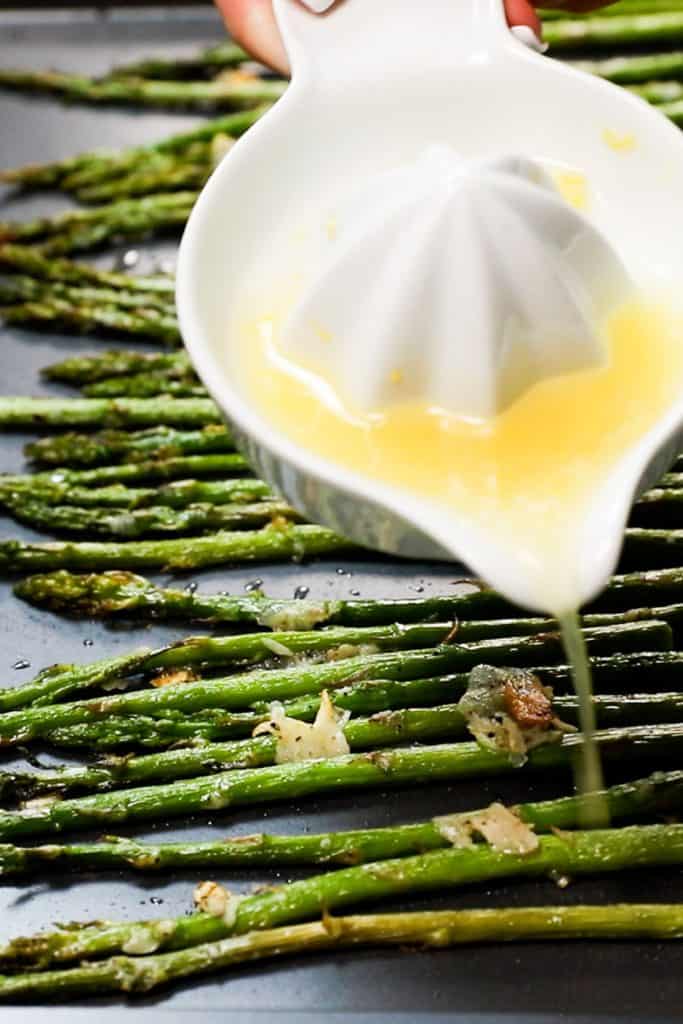Discover the joys of roasted asparagus! This cooking method transforms the humble vegetable into a dish with irresistibly firm stalks and delightfully crispy tips. No more soggy asparagus – welcome to a recipe that makes this veggie shine as a star side dish.
Step By Step Instructions
To begin, preheat your oven to 400ºF (200ºC). Consider lining a large, rimmed baking sheet with nonstick foil for easier cleanup.
Firm, Perfect Buds: The tips are the flavor focal point, so ensure they are compact and vividly green. Plump, Juicy Stalks: Seek out stalks that ooze freshness when gently pressed. Vibrant Colors: Whether green, purple, or white, vibrant colors indicate freshness. Uniformity for Even Cooking: Similar sizes in stalks ensure they cook uniformly.
Natural Snap Method: Bend near the base and let it snap naturally. Peeling for Tenderness: Use a peeler for larger spears to reveal the lighter, tender part. Strategic Cutting: Trim the ends gradually until there’s no resistance when cutting.
Freezing: You can freeze roasted asparagus, but be aware that the texture may change upon thawing. If you have extras and want to freeze them to avoid waste, follow these steps: Allow to cool completely at room temperature and freeze in a freezer-safe container for up to three months. When ready to use, thaw and reheat in the oven or microwave. Erren’s Kitchen is written and produced for informational intentions only. We are not certified nutritionists, and the nutritional information found on this site has not been assessed or authorized by a nutritionist or the FDA. The nutritional information found in our recipes is offered as an estimate and should not be considered a guarantee or fact. The estimated data is provided as a courtesy and calculated through a third-party online nutritional calculator, spoonacular API. Although we do our best to provide accurate nutritional information, these figures should be considered rough estimates. Many factors, such as brands or products purchased and the nutritional fluctuations that naturally occur in fresh produce, can alter the effectiveness of the nutritional information in any recipe. Furthermore, various online calculators provide different results depending on their particular algorithms and nutrition fact sources. To obtain the most precise nutritional information in a provided recipe, you should calculate the nutritional information with the exact ingredients you are using when preparing the recipe using your preferred nutrition calculator. Take the 2 pounds (about 907 grams) of fresh asparagus and trim off the tough, woody ends. You can do this by gently bending each spear – it will naturally snap at the right point. Place the trimmed asparagus into a bowl with 4 cloves of garlic that are sliced to your liking. For crisp garlic, slice it thin or you can slice it thicker for a milder flavor. Then drizzle 2 tablespoons (30 milliliters) of olive oil over them. Gently toss the asparagus to ensure that the olive oil, garlic, salt, and pepper coat each spear evenly. This step ensures that each spear is infused with flavor. Arrange the asparagus spears in a single layer on the prepared baking sheet. Place the baking sheet in the preheated oven and allow the asparagus to roast. The roasting time varies depending on the thickness of your asparagus. If your asparagus is very thin, it may take as little as 10 minutes for them to become fork-tender. However, thicker asparagus may require up to 20 minutes. Keep a watchful eye to prevent overcooking. Once your asparagus is perfectly roasted and tender, carefully transfer them to a serving platter. To give this dish a delightful zing, drizzle 2 tablespoons (30 milliliters) of lemon juice over the roasted asparagus. For an extra burst of citrus flavor, zest half of a medium lemon and sprinkle it on top. Serve and enjoy!
